
The Oregon Trail is filled with captivating legends, but many overlook the real struggles and varied stories of those who journeyed it. Here are ten important truths that challenge the traditional narratives, offering a clearer and more accurate view of the westward migration and the forces that truly shaped this historic journey.
Pioneers Faced More Than Just Disease
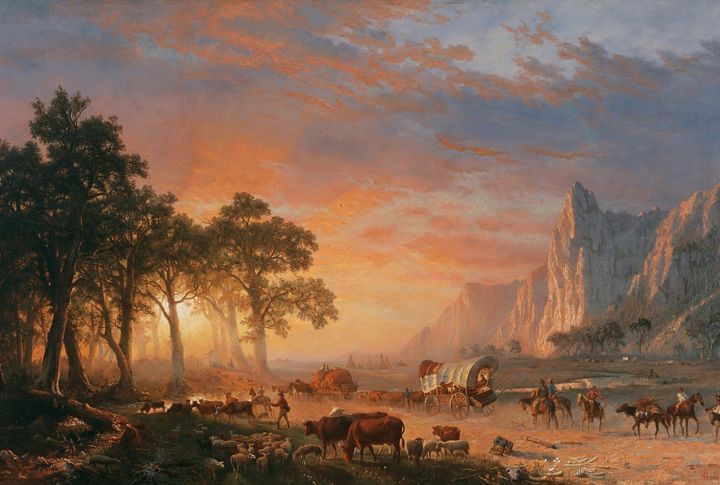
Cholera and dysentery dominated the hardships, but pioneers also battled extreme weather, treacherous terrains, and limited resources. Imagine crossing vast plains without modern tools! These multifaceted challenges tested every traveler’s resilience and shaped the true pioneer experience beyond the common health fears.
Not All Travelers Were Families
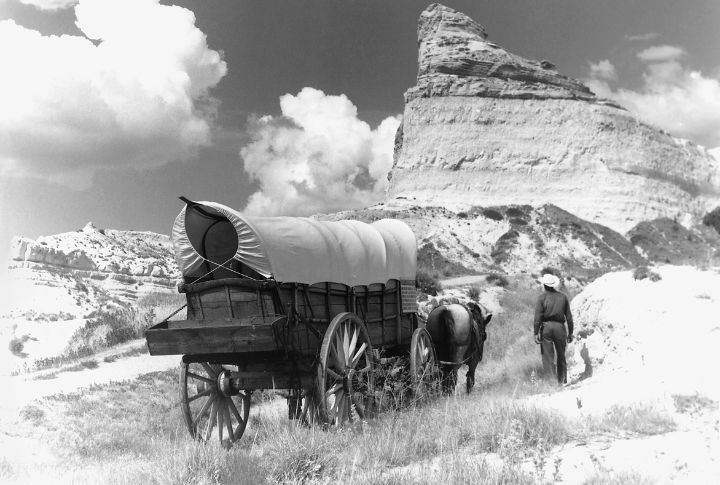
Single men and unrelated groups often went westward, driven by ambition and the promise of new opportunities. Contrary to the family-centric narrative, many migrants sought fortune alone or in small bands. This diversity added layers of complexity to the Oregon Trail dynamics.
The Trail Wasn’t a Single Path
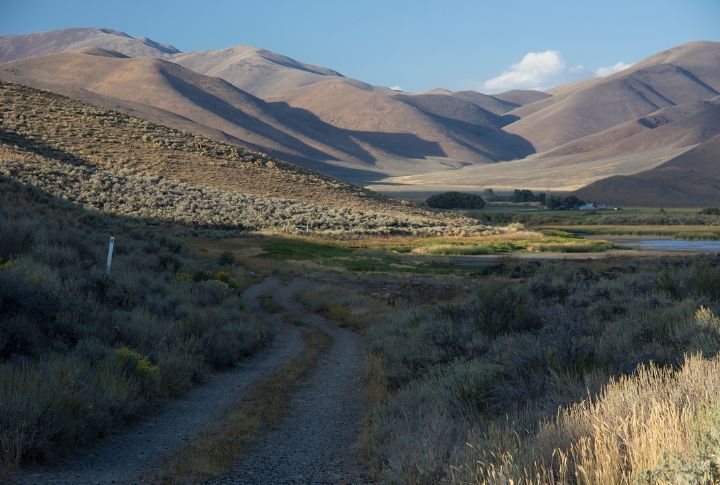
Multiple routes branched from the main Oregon Trail, each presenting unique obstacles and scenery. Migrants chose paths based on resources, safety, and personal preferences. The variety debunked the myth of a uniform path, highlighting the adaptability required for migration.
Women Played Important Roles Beyond Domestic Duties
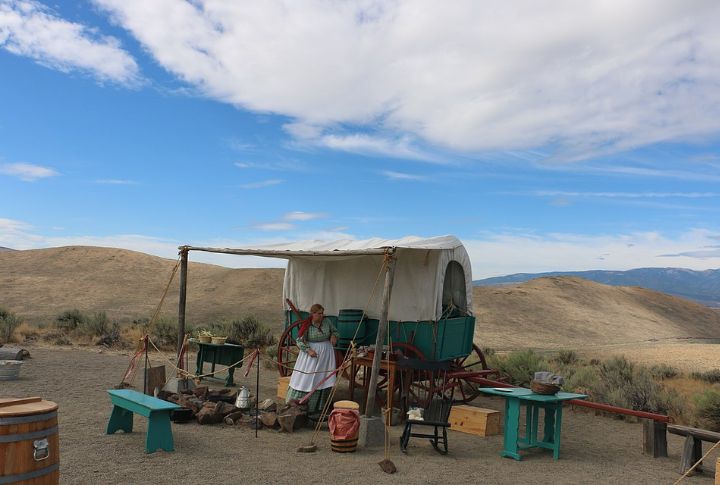
Women weren’t just caretakers; they led expeditions, managed finances, and made critical decisions. These contributions were vital for the group’s survival and success. Their roles showcased women’s indispensable impact on communities and demonstrated their leadership.
Interactions with Native Americans Were Complex
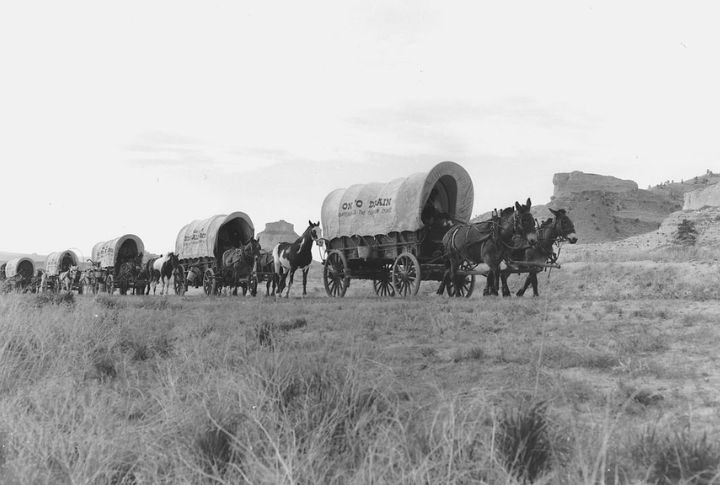
Trade, cooperation, and occasional conflicts defined pioneer and Native American relations. The interactions were not solely hostile; many tribes assisted migrants with key resources and knowledge. Such an intricate relationship influenced the outcomes for both sides and shaped the broader dynamics of westward expansion.
The Journey Took Longer Than Depicted in Games
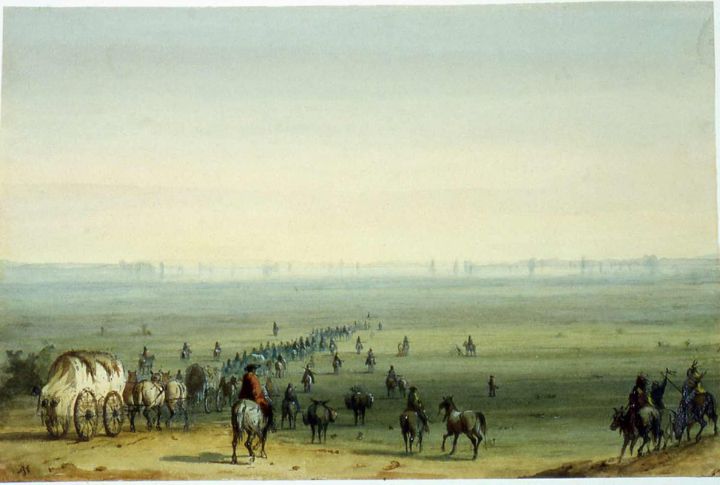
Unlike the swift progression in popular games, actual travels often spanned several months to over a year. Delays caused by weather, illness, and resource shortages extended the migration period. This prolonged timeline revealed the true endurance required for the trek.
Supplies Were Scarce and Not Easily Replenished
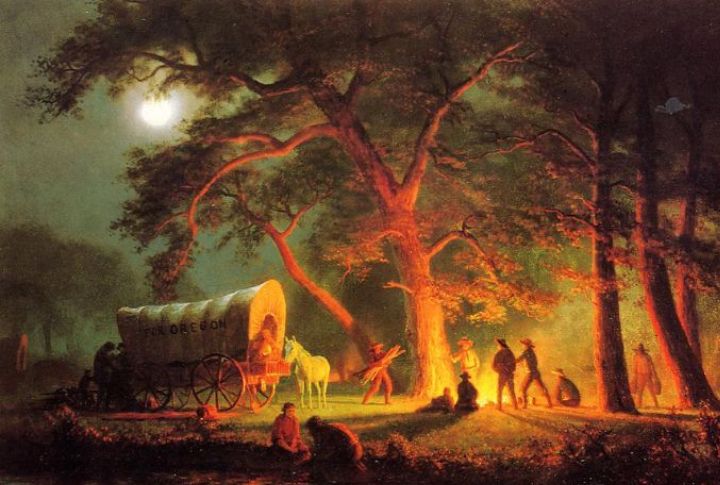
Migrants meticulously managed limited resources, constantly facing shortages of food, tools, and medicine. Restocking was rare and risky, which makes every decision critical. Scarcity heightened the peril, emphasizing the importance of careful planning and resourcefulness for survival on the Oregon Trail.
Economic Motivations Were Diverse
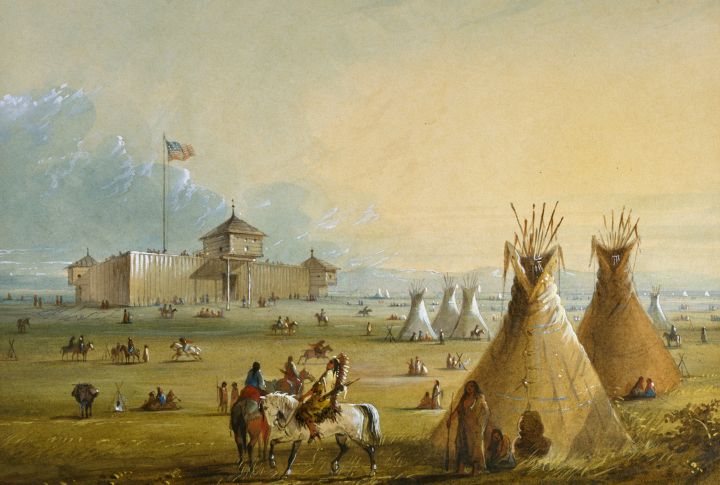
While many sought land and wealth, others pursued adventure, religious freedom, or escape from hardships. Diverse motivations shaped various aspects of the migration, reflecting a mosaic of aspirations beyond mere economic gain. The variety of reasons enriched the pioneer narrative.
The Trail’s Impact Extended Beyond Migration
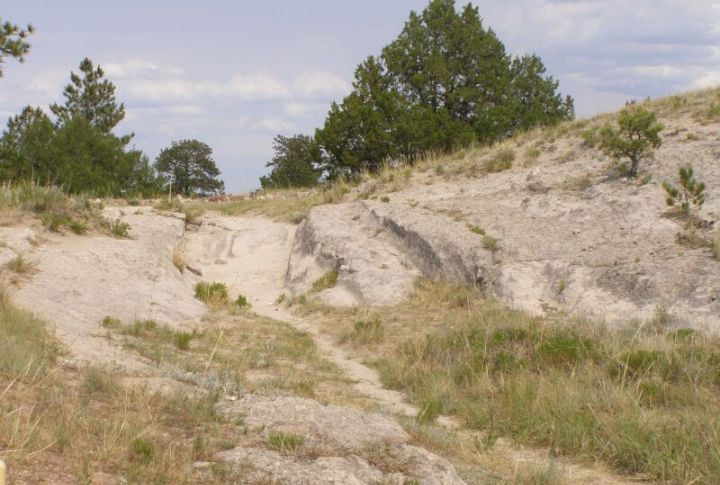
The Oregon Trail spurred American expansion, influenced the economy, and led to significant Native American displacement. Its legacy reshaped the nation’s scope and demographics. This leaves lasting effects that went far beyond the immediate journey of the pioneers.
Technological Limitations Hindered Progress
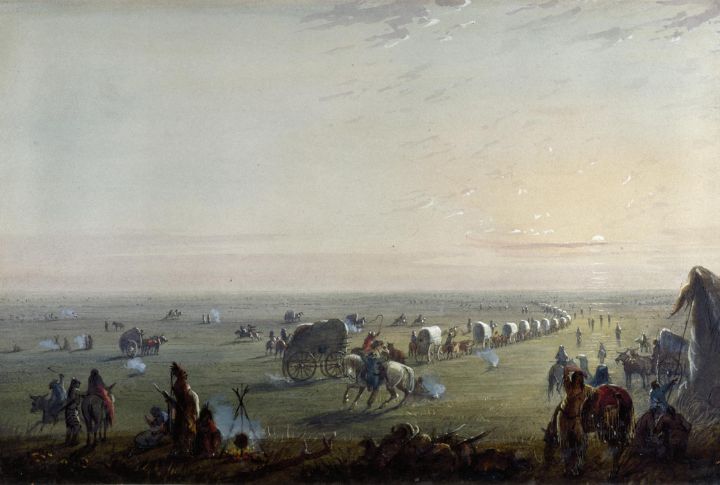
Limited transportation and communication barriers, along with insufficient medical technology, made the path arduous and dangerous. Without modern conveniences, every obstacle requires ingenuity and perseverance. These technological constraints underscored the formidable challenges pioneers overcame daily.
